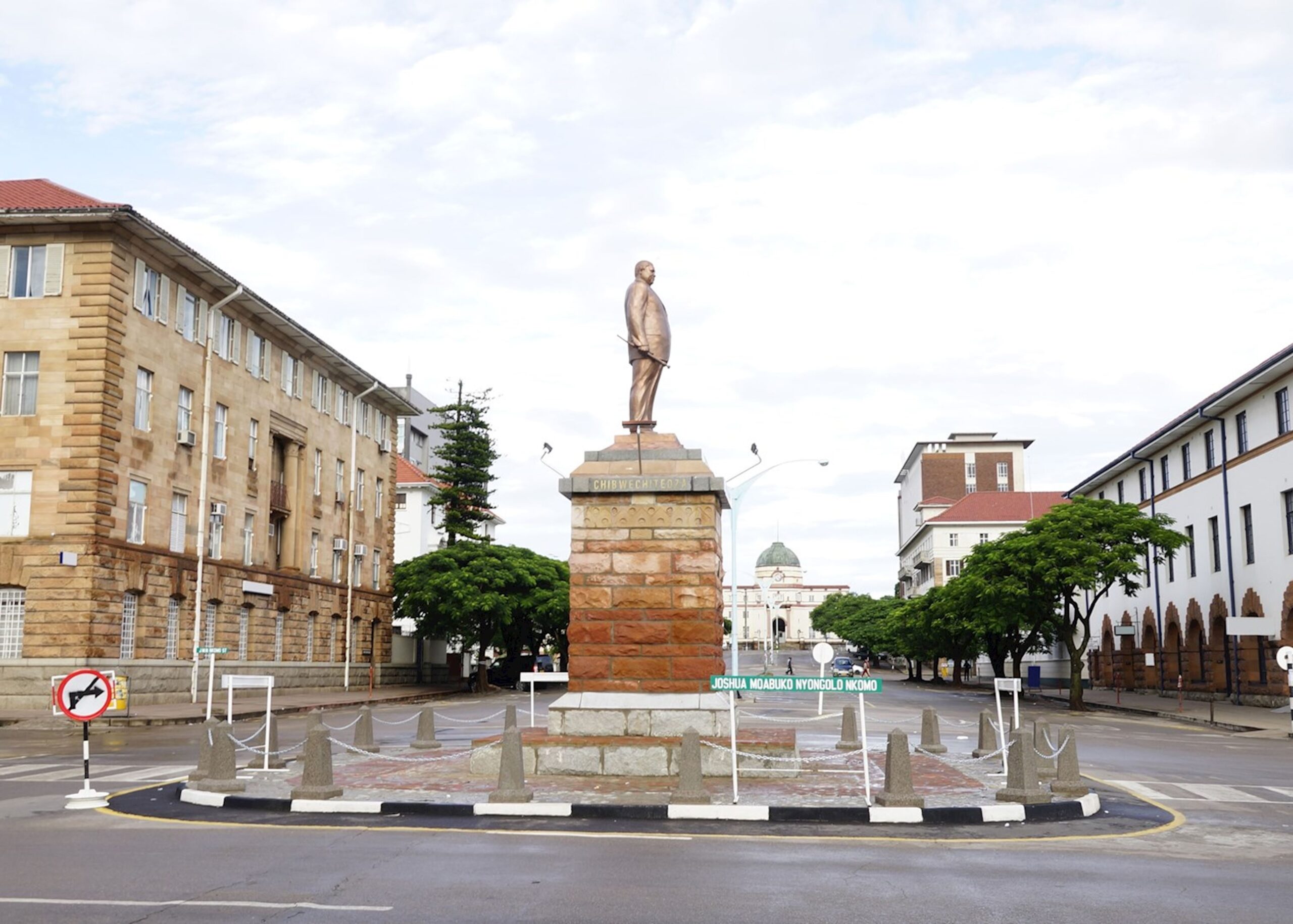Key sectors prioritised in electricity allocation
KEY productive sectors of the economy continue to receive priority in the allocation of the limited available electricity, after accounting for the largest chunk of the power distributed in the second quarter of this year.
According to the latest report from the Zimbabwe National Statistics Agency (ZimStat), a total of 697,2 Gigawatt hours (GWh) of the distributed electricity was consumed by the manufacturing, transport, and construction sectors combined.
This has kept the wheels of critical industries turning for the production and supply of essential products and services at a time the domestic power generation is constrained by several factors, including limited capacity, water for hydro-power, plant faults and planned maintenance.
The report also revealed that domestic use is one of the biggest consumers of electricity after getting 511,1GWh during the same period.
“Mining and quarrying consumed 344,2 GWh, while agriculture and forestry used 136,1 GWh,” ZimStat stated.
Mining and agriculture are some of Zimbabwe’s strategically key economic sectors, accounting for significant job creation, foreign currency earnings and national.
The country generated a total of 2 558,5 GWh of electricity in the second quarter of 2024, with Hwange Thermal Power Station leading the way.
“Hwange Thermal Power Station accounted for 75,8 percent of the total electricity generated, while Kariba Power Station contributed 19,9 percent, and Independent Power Producers (IPPs) made up 4,3 percent,” ZimStat reported.
Kariba, a hydro-power plant and Zimbabwe’s second-largest power station has curtailed output to conserve the limited available water following the drought in the last rainy season.
The heavy reliance on Hwange highlights the importance of coal-powered energy generation, even as hydropower from Kariba and contributions from IPPs play a supporting role.
Amid the constrained domestic generation, Zimbabwe has to import some of its electricity to bridge the domestic supply gap.
“A total of 515,4 GWh of electricity was imported in the second quarter of 2024, reflecting a 2,0 percent increase from 504,4 GWh imported in the first quarter of 2024,” noted ZimStat.
The agency further explained that about a third of the imports came from South Africa’s Eskom while Hidroeléctrica de Cahora Bassa (HCB) and Electricidade de Moçambique (EDM) provided 22 percent each. While Zimbabwe imports power to supplement local production, it also plays a role in regional power exports.
According to ZimStat “The volume of electricity exported in the second quarter of 2024 was 104,7GWh, a 17,1 percent increase from 89,4 GWh exported in the first quarter of 2024.”
In total, the country distributed 2 135,7GWh of electricity in the second quarter, which represents a 5,4 percent increase compared to the first quarter’s 2 026,4 GWh.
As ZimStat pointed out, the rise in electricity consumption across sectors reflects increased activity in key economic areas, driving up demand in an economy that is slowly recovering and growing.-herald








